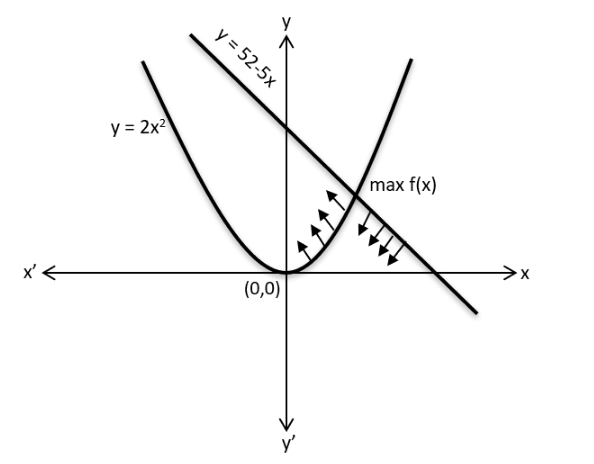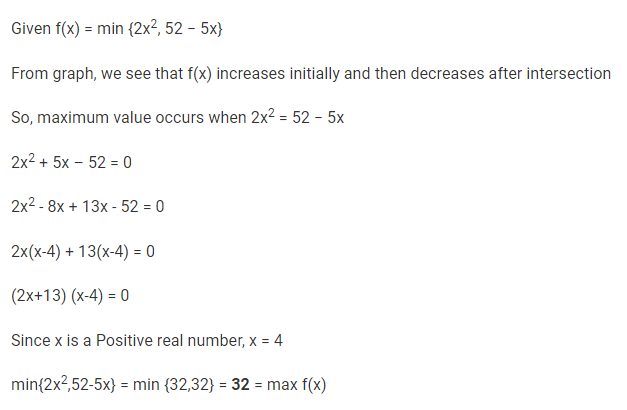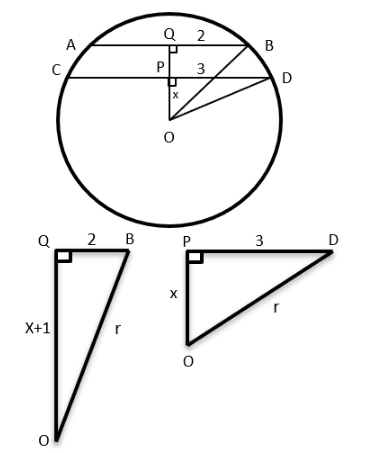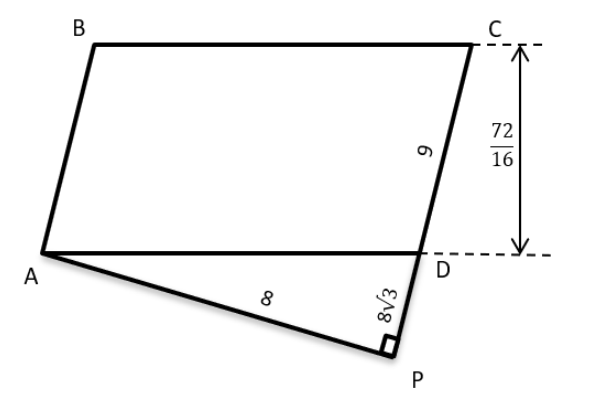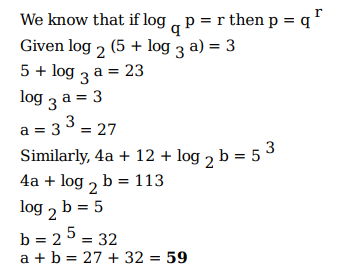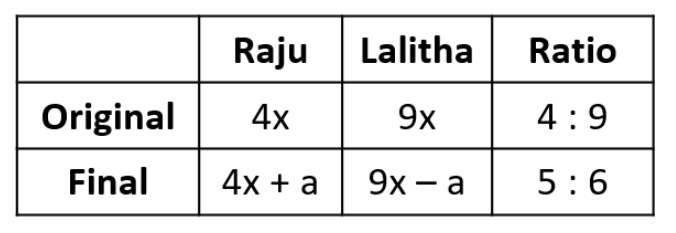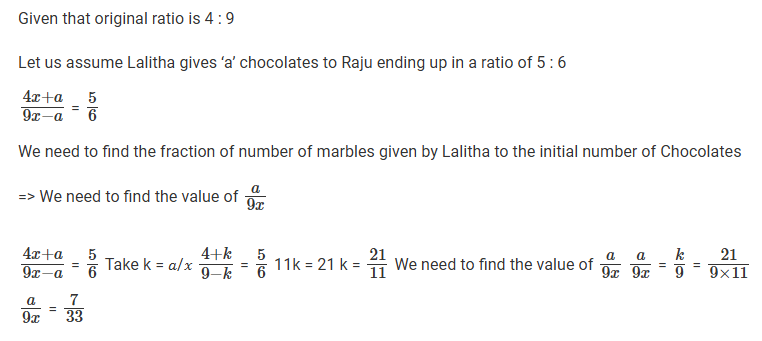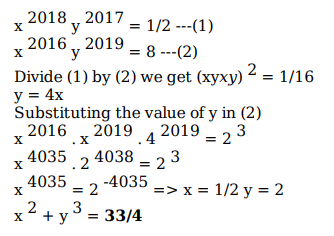Live Updates
• CATKing has launched new chat bot.

• New video on Logs has been released.
13.2K
Learners
asked the doubt

Previous Year Questions
In an apartment complex, the number of people aged 51 years and above is 30 and there are at most 39 people whose ages are below 51 years. The average age of all the people in the apartment complex is 38 years. What is the largest possible average age, in years, of the people whose ages are below 51 years?
Video Explanation

Let f(x)=min{2x2, 52 - 5x}, where x is any positive real number.Then the maximum possible value of f(x) is
Video Explanation

If among 200 students, 105 like pizza and 134 like burger, then the number of students who like only burger can possibly be
Video Explanation

In a circle, two parallel chords on the same side of a diameter have lengths 4 cm and 6 cm. If the distance between these chords is 1 cm, then the radius of the circle, in cm, is
Video Explanation

Humans and robots can both perform a job but at different efficiencies. Fifteen humans and five robots working together take thirty days to finish the job, whereas five humans and fifteen robots working together take sixty days to finish it. How many days will fifteen humans working together (without any robot) take to finish it?
Video Explanation

If log2(5 + log3a) = 3 and log5(4a + 12 + log2b) = 3, then a + b is equal to
Video Explanation

Raju and Lalitha originally had marbles in the ratio 4 : 9. Then Lalitha gave some of her marbles to Raju. As a result, the ratio of the number of marbles with Raju to that with Lalitha became 5 : 6. What fraction of her original number of marbles was given by Lalitha to Raju?
Video Explanation

Given that x2018 y2017 = 1/2 and x2016 y2019 = 8, the value of x2 + y3 is
Video Explanation

Previous year papers
2024
2023
2022
2021
2020
2019
2018


